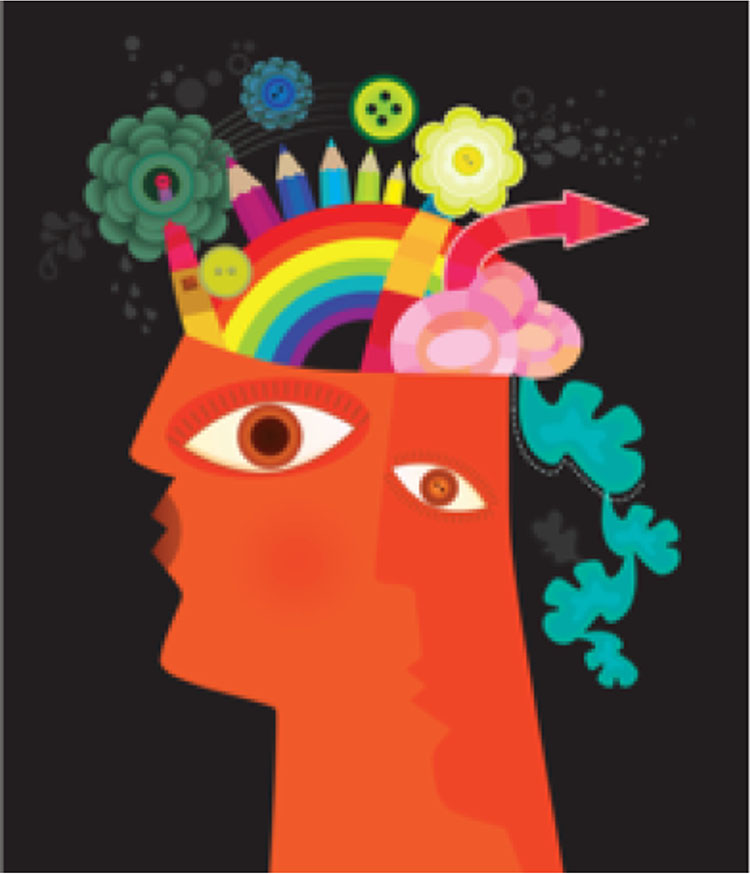Austin’s STEM schools are fueled by kids’ and educators’ natural curiosity
/The technology and engineering sectors are producing valuable jobs in Austin and the rest of the nation, and, perhaps as a result, a growing number of parents want to encourage a love of science and mathematics in their children. It makes sense that we’re seeing more and more schools promoting Science, Technology, Engineering, and Math (STEM) curricula. STEM courses and camps are popular in public and private schools, but as you might expect, the alternative schools in Austin offer some special twists. To learn more, I talked with local innovators who are taking STEM in new directions: Rebeca Guerrero and Dorothy and Kori McLain.
Geologists rock on at Copernicus.
It’s important to be able to take a radio apart, and not get scolded!
—Rebeca Guerrero, Copernicus STEM, Language and Arts Academy
Rebeca Guerrero’s warm and supportive preschool, Copernicus STEM, Language and Arts Academy, has served children age 18 months to 5 years for the past two years.
Rebeca is a scientist herself, with a decade of experience as a microbiologist. When she realized that most young people today leave high school and head for college believing that science is too hard to master, and only for the smartest kids, she knew she had to try to make some changes. Rebeca’s own mother encouraged her to take an interest in the world and to ask questions and explore when she was very young. “As someone who used to take radios apart for fun, with my mother’s help, it was a shocking revelation that so many students are intimidated by science.”
Invertebrates are awesome. (Copernicus)
Rebeca moved into teaching and then, when her son was born a few years ago, decided to open her own preschool, allowing them to spend time together, playing and learning with other children. In the fall of 2015, Copernicus Academy started with four students, soon grew to 20, and today has about 50. The preschool combines STEM-focused play with learning in English and Spanish.
“Most of our kids speak English at home, but we have also had children who speak Korean and Farsi.” Parents at Copernicus understand the value of a bilingual education, says Rebeca, but “more than anything, families are looking for a place where kids can grow and feel supported emotionally.” With that supportive base, Copernicus educators pursue play-based learning with intention, making sure the students have experiences that spark a love of the natural world. For example, kids might spend a month learning about the solar system, including Earth’s rotation, the moon’s phases, integrating art and reading into their projects.
On an average day, you might find kids at Copernicus perfecting catapults made out of spoons, cooperating, experimenting, and showing off what they’ve done by launching pompoms. The usual routine includes time in the sun room or outside, snacks, small-group play, centers, and circle time. The staff joins in games and activities, asking questions but never telling the children what or how to play. And then there’s the music: “We sing and have dance parties every day,” says Rebeca. “We want to make sure that later in life they will say: ‘Science is not boring, it’s fun! Science is not for someone else—science is for me.’”
LTSA students on a NASA field trip.
Everything is connected in our studies at LTSA,
like everything in our world is connected and integrated.
—Dorothy McLain, Lake Travis Stem Academy
At Lake Travis Stem Academy (LTSA), founder Kori McLain was not only inspired by her mother, she recruited her. Dorothy McLain spent most of her career as a college educator specializing in English composition and literature. Now she and Kori and the rest of the LTSA team are preparing about 25 students in Kindergarten through 9th grade for the 21st century, with a curriculum integrating STEM, critical thinking, and experiential learning. LTSA is now working on a partnership with UT High School that will allow older students to continue on at Lake Travis while benefitting from the resources the larger school can offer.
Dorothy has always believed in an interdisciplinary approach to learning. “It’s important to become well-rounded,” she says, citing a recent project in which middle-schoolers learned about the history, economics, politics, and culture of the Great Depression by writing and staging a three-act musical play.
Inspiration. (LTSA)
“We are both experiential and project-based,” Dorothy explains. Students are engaged in hands-on, real-world activities that give them the opportunity to collaborate with each other and with outside experts to come up with solutions to problems or answer questions. At the end of each unit, instead of a traditional exam, students present their findings to the rest of the school and to the experts who have helped them. “They’re able to share their ideas with the rest of the community and have to think on their feet when the audience asks surprising questions!”
“We learn more from our failures than our successes,” adds Kori. If a model airplane a team has created doesn’t fly, then it’s back to the drawing board for more experiments. Just like in real life.
The overarching goals at both Copernicus and LTSA are to free the natural curiosity in each student and to keep them engaged and asking why? “They all see things around them and want to know more,” says Dorothy. “After that initial curiosity is aroused, we can then go deeper, encouraging them to think, ask more questions, and stay excited about learning.”
Shelley Sperry

























